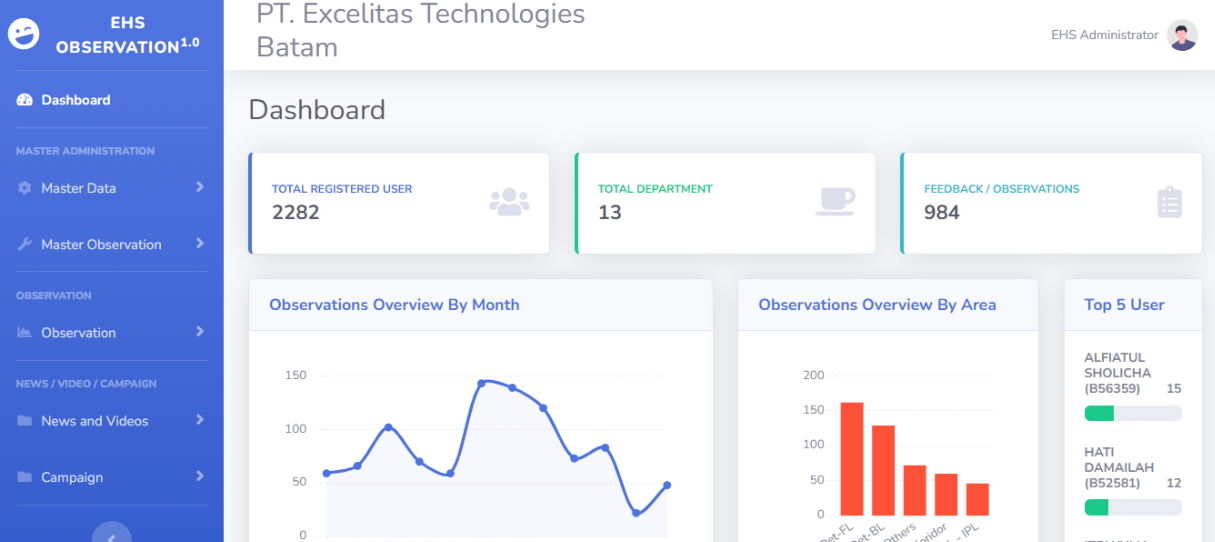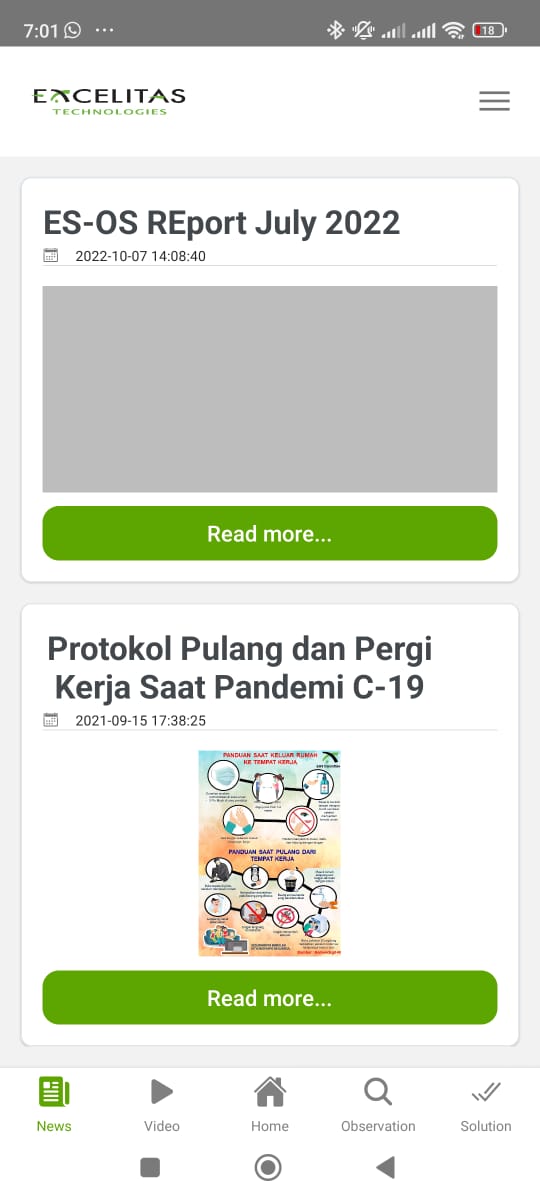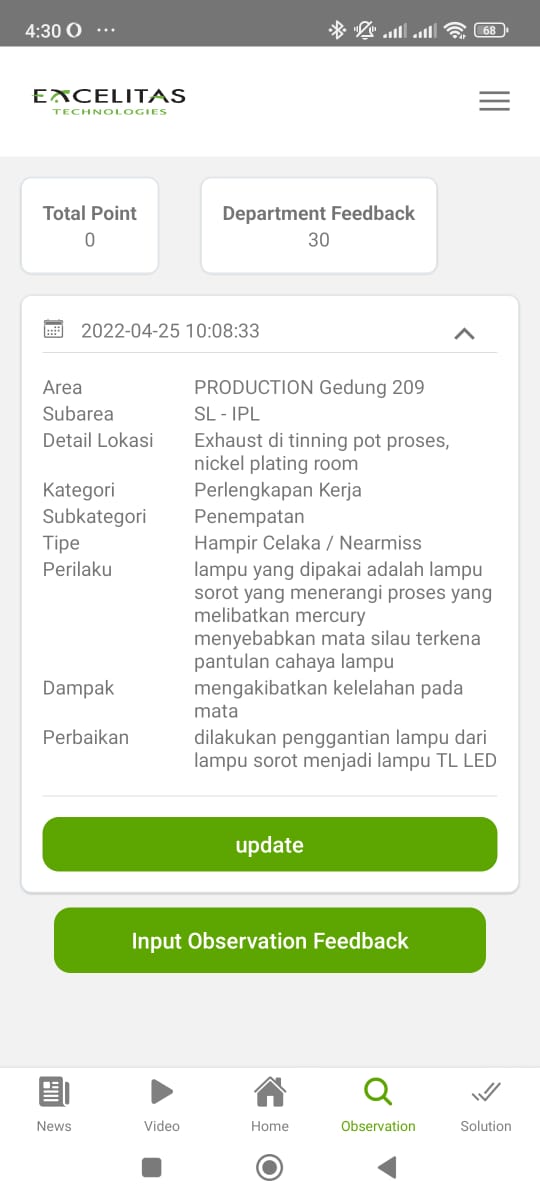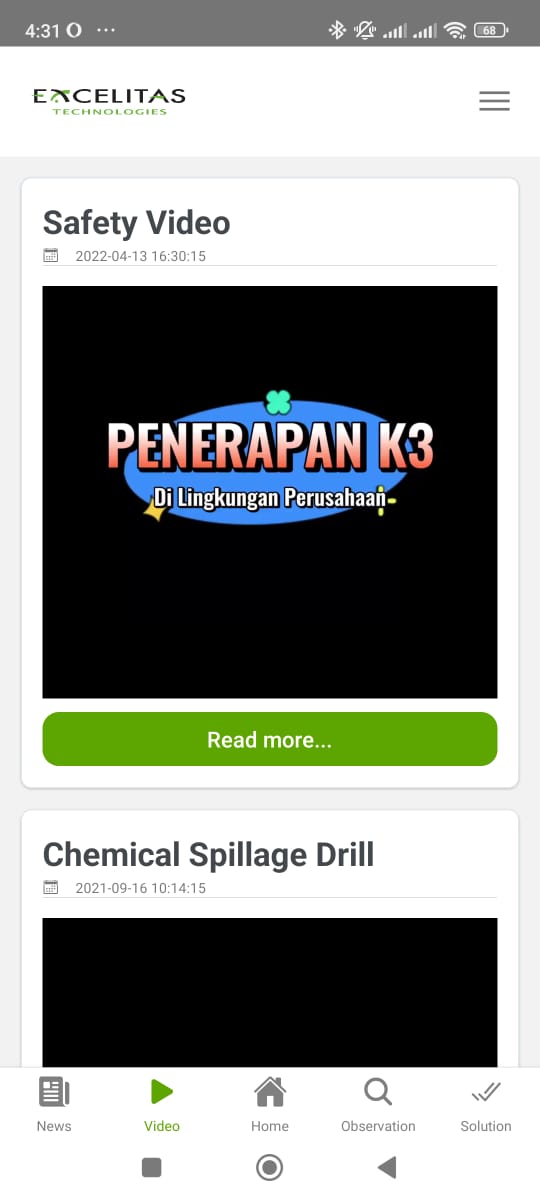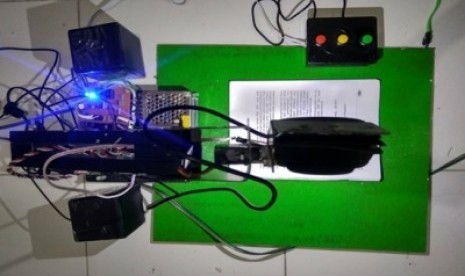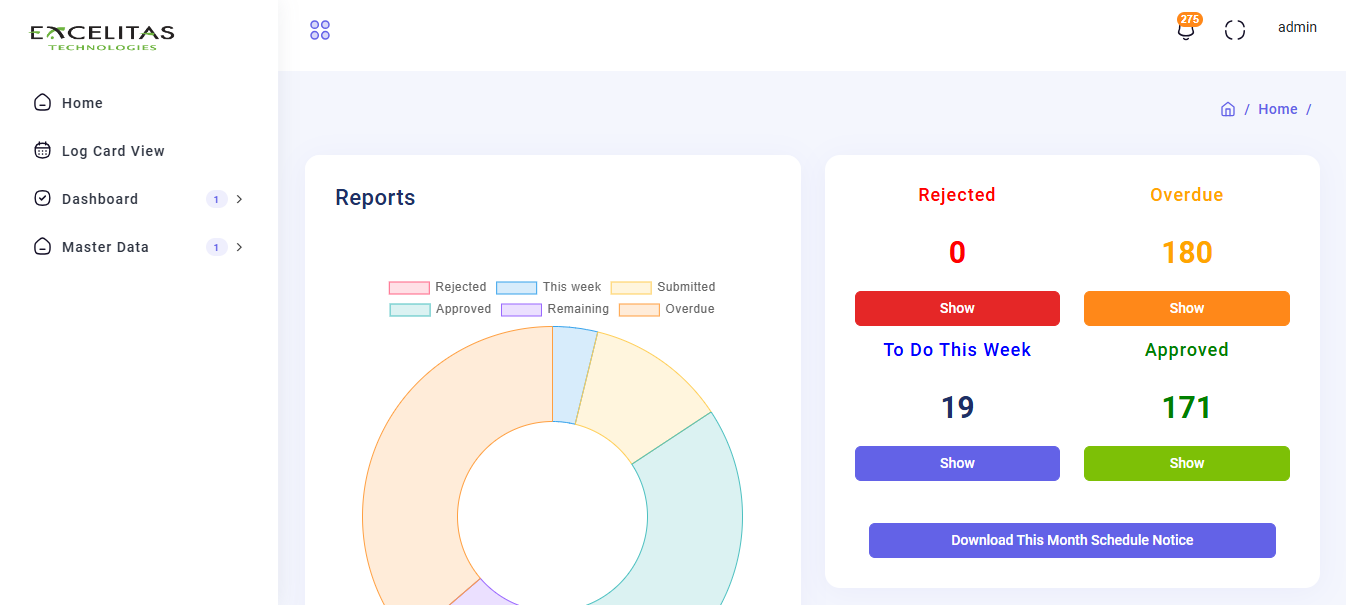
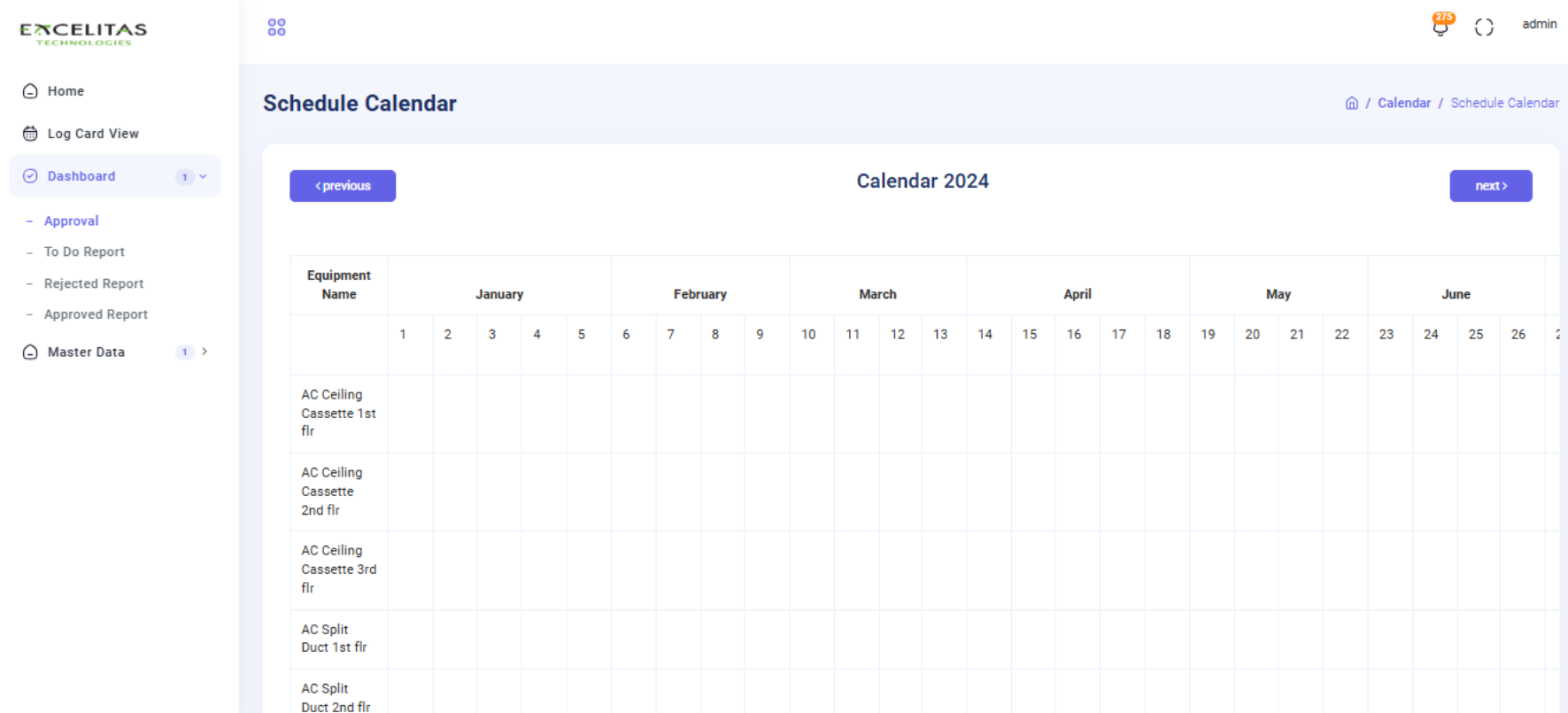
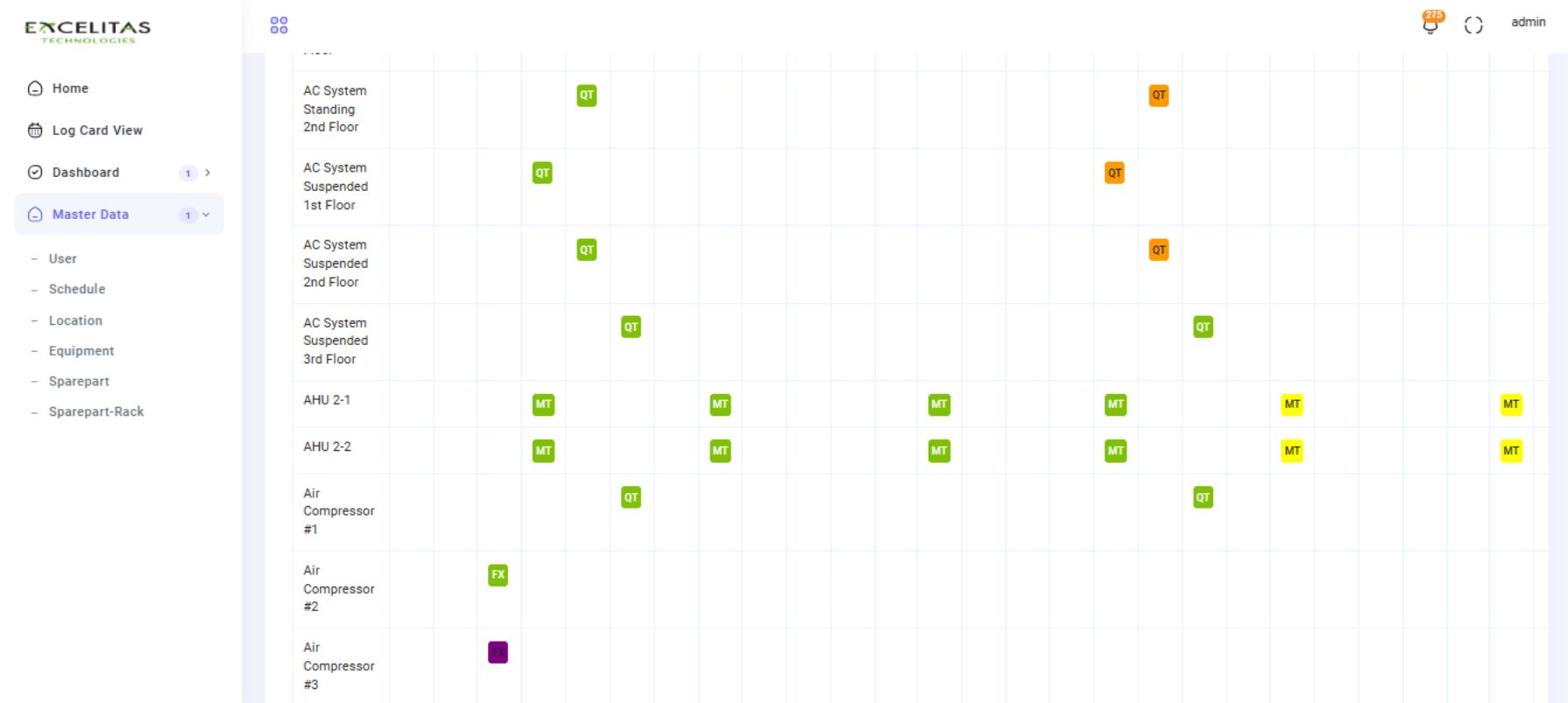
Web-Based Preventive Maintenance System for PT Excelitas Batam
A custom web-based Preventive Maintenance System developed for PT Excelitas Batam to streamline and automate maintenance scheduling and tracking across multiple machines, ensuring minimal downtime and optimal operational efficiency.
The system is built using Golang for the backend to ensure efficient processing and performance, and React for the frontend to provide a responsive and interactive user interface. This combination of technologies results in a scalable, high-performance solution that meets the preventive maintenance needs of PT Excelitas Batam.
Key Features:
Technologies Used:
